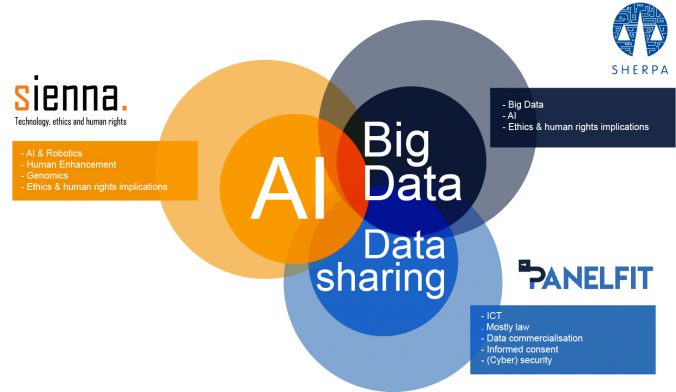 Biobanks are getting bigger and the human biological samples that are stored in the freezers have increasingly long-term utility for research. The samples can be used not only in one study, but also in several different studies. Not only in today’s research, but also in future research. This creates research ethical tensions.
Biobanks are getting bigger and the human biological samples that are stored in the freezers have increasingly long-term utility for research. The samples can be used not only in one study, but also in several different studies. Not only in today’s research, but also in future research. This creates research ethical tensions.
Ethics requires that research participants are informed about and consent to the specific purpose of the project they are asked to participate in. However, when a large-scale biobank is being constructed, such specific information cannot be provided. Future research purposes do not exist yet and cannot be specified. Not until researchers in the future design new studies. How then can biobank research be conducted ethically?
In recent years, a technical solution has been launched: Transform research participants into users of new information and communication technologies (ICT)! Through their computers, tablets or cell phones, they can continuously be informed about new research projects. Sitting in front of their screens, they can give specific consent, or refrain from it, as new projects take shape and researchers apply for access to the biobank’s collected samples. The solution is named dynamic consent.
Dynamic consent certainly seems like an ingenious technical solution to the ethical tensions surrounding today’s increasingly long-term and large-scale biobanks. Moreover, is it not also democratic and politically progressive? Does it not give research participants greater power over the research? Is it not as if all these hundreds of thousands of donors of biological material voted on the direction of future research? Simply by deciding on the use of their own samples.
I recently read an in-depth critique of this belief in a technical solution to the ethical problem. The article is written by Alexandra Soulier at CRB, and focuses on ethical and political consequences of turning research participants into ICT users. Here are some comments that I want to highlight:
The public good that we associate with research is not the sum of isolated individuals’ private preferences in front of their computer screens. Dynamic consent is in tension with the collective and long-term nature of biobank research, and with the notion of the public good which research aims at.
If individual ICT users’ private decisions replace the joint discussions, considerations and functions of ethical committees, the governance of biobanks can be impaired. This, in turn, poses a risk to the participants themselves.
Dynamic consent might transform research participants into seducible audiences. Researchers may want to sell their projects to these audiences through clever communication strategies. Research participants are then treated as manipulable rather than as a rational public to be convinced.
Dynamic consent is not a referendum. Research participants do not vote on research policy issues. They only express their private preferences about their own research participation, project by project, without regard to any research policy implications for the long-term activities of the biobank.
Research participants who do not want to spend years in front of the screen in order to make decisions in real time about their participation in biobank research may feel forced to choose the option (through their technical device) to give exactly the open consent to future research that originally was considered problematic. How can what was considered to be the ethical problem be allowed to be included in the seemingly smart solution?
In summary, the proposed individual-centered technical solution to the ethical challenges of biobank research short-circuits the possibility of jointly taking political and ethical responsibility for these challenges.
I regret that I cannot do justice to Alexandra Soulier’s subtle discussion. I have not read such in-depth criticism in a long time. Read it!
Soulier, Alexandra. Reconsidering dynamic consent in biobanking: ethical and political consequences of transforming research participants into ICT users. IEEE Technology and Society Magazine, June 2019: 62-70


 Do you use Google Maps to navigate in a new city? Ask Siri, Alexa or OK Google to play your favourite song? To help you find something on Amazon? To read a text message from a friend while you are driving your car? Perhaps your car is fitted with a semi-autonomous adaptive cruise control system… If any software or machine is going to perform in any autonomous way, it needs to collect data. About you, where you are going, what songs you like, your shopping habits, who your friends are and what you talk about. This begs the question: are we willing to give up part of our privacy and personal liberty to enjoy the benefits technology offers.
Do you use Google Maps to navigate in a new city? Ask Siri, Alexa or OK Google to play your favourite song? To help you find something on Amazon? To read a text message from a friend while you are driving your car? Perhaps your car is fitted with a semi-autonomous adaptive cruise control system… If any software or machine is going to perform in any autonomous way, it needs to collect data. About you, where you are going, what songs you like, your shopping habits, who your friends are and what you talk about. This begs the question: are we willing to give up part of our privacy and personal liberty to enjoy the benefits technology offers.





